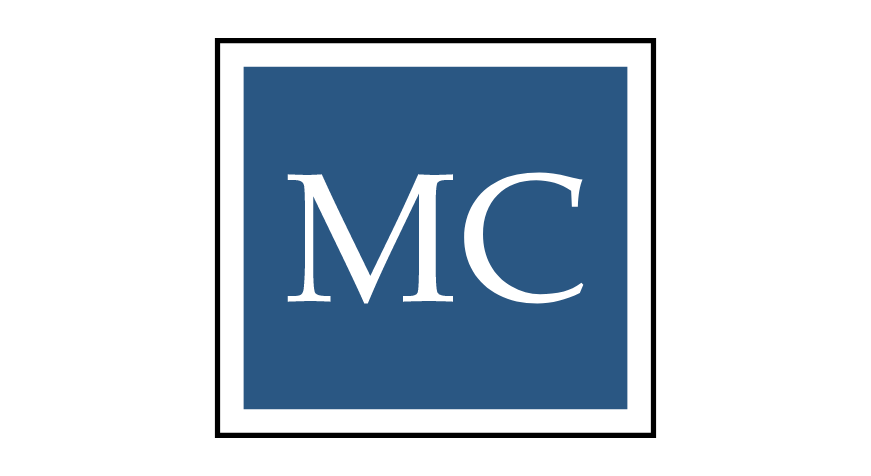Many small businesses including broker dealers, introducing brokers, registered investment advisors and others in the alternative investment space have received loans under the Paycheck Protection Program (“PPP”). The only requirement for most firms is to have less than five hundred employees. The loans bear interest at a mere 1% per annum with the first payment not due for six months after the funds were credited to your bank account. Cheap money is certainly welcome but the best part is that some or all of the loan may be forgiven and never have to be paid back. Any expenses incurred during an eight week period commencing with the day the loan funds were received in your bank account for payroll costs, rent, utilities, and mortgage interest will reduce the amount due subject to the requirement that payroll costs must be at least 75% of the total amount forgiven. Measurement is mainly on the cash basis so it is important to pay these types of expenses on a timely basis. One exception is payroll expense which can be recognized as incurred even if employees are paid on your normal payroll cycle subsequent to the expiration of the eight week period. It is also important to note that employment levels during the eight week period must be the same or higher than a reference base period or a penalty will be applied against the computed forgiveness amount. To obtain forgiveness of all or a portion of the loan, an application must be filed with the bank originating the loan. The bank will undoubtedly ask for supporting documentation. In addition, the Small Business Administration has announced that all loans in excess of $2,000,000 and a random sample of loans in lesser amounts will be audited. Therefore, it is important to keep good accounting records.
Certain aspects of accounting for the PPP loan will be unique. Initially when the funds are received both the increased cash and the loan balance will be recognized on the balance sheet. As expenses are paid, the standard accounting entries would be made. However, a new income statement account should be established with a name such as “Government Grant for Expenses Reducing PPP Loan”. This new account would be credited for any expenses that qualify as loan forgiveness items and the loan balance would be reduced by a corresponding amount. Please note that the Financial Accounting Standards Board has not yet specifically commented on this issue so there may be more guidance coming.
The National Futures Association (“NFA”) has issued a no-action letter permitting PPP loan recipients to add back to its capital the estimated forgivable expenses when computing its Net Minimum Capital. Registrants should recognize the full amount of the loan in the computation. However, there will be an adjustment allowed for the full forgiveness amount estimated to be realized over the life of the loan. The estimated amount may change from month to month as the situation becomes more clarified. However, the net result is that the amount of the loan never needing to be repaid will not hurt your Net Minimum Capital computation.
The PPP program as initially structured can be highly complex and very difficult to understand. Furthermore, new regulations and interpretations are being issued literally on a daily basis. If you have a question or need help maximizing your benefit under the program, please contact Mike Coglianese at 630-461-5841 or email Mike@cogcpa.com.

